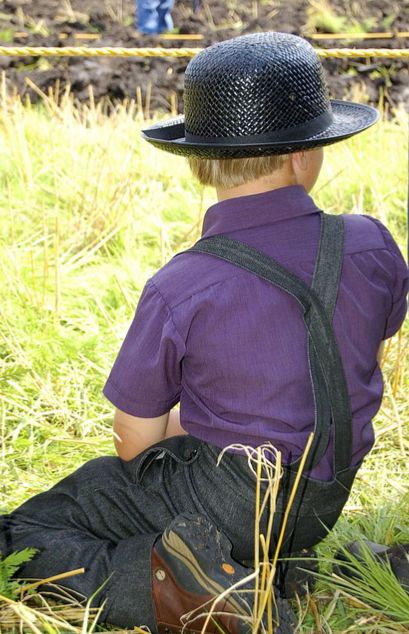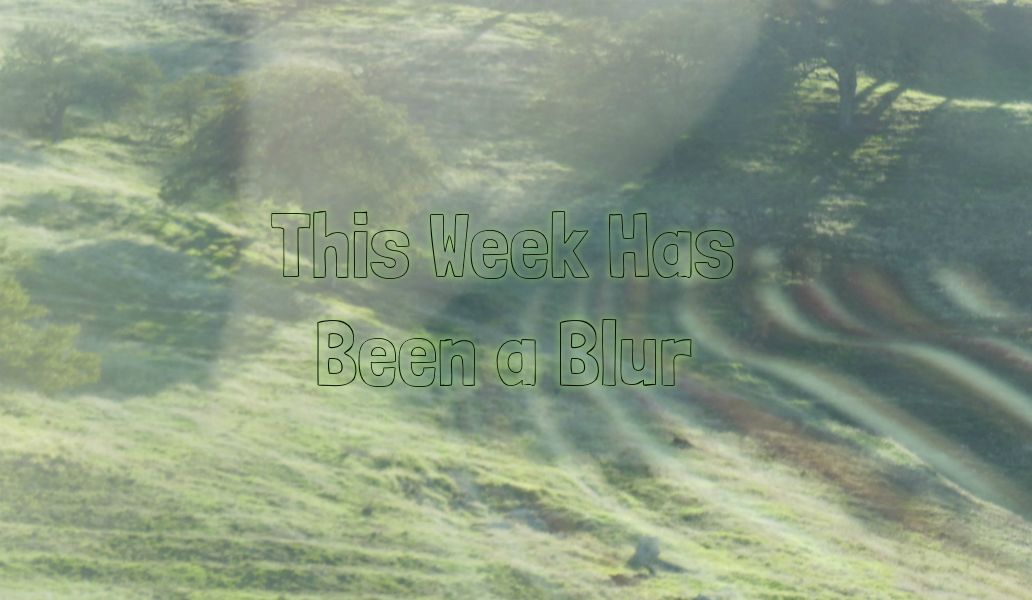This Week in Writing
I haven’t written much since I last posted here. Whenever I am working on a major blog post it’s hard to get really serious about another one at the same time. I’m hoping to publish the big one tomorrow. It’s partly author interview and partly book reviews. I’ve been corresponding with local children’s author Beryl Reichenberg for a few weeks now, and I’m now in the final stages of compiling all the material and getting it written. Here are the posts I have completed since I last posted here:
- Special Education Teachers Are Special: A tribute to special education teachers I’ve known. I’ve included gift suggestions for great teachers.
- A Discouraging Day Online : This one is a vent I wrote after trying to open an account to pay a credit card bill online and hitting lots of obstacles.
- Abandoned Barn? This is a short photographic essay inspired by a barn I saw on our trip to Madera last week.
Reading this Week
As the title states, the week has been a blur. If I didn’t write it down, I don’t remember it. I did some laundry, worked out at Kennedy Club three nights, and read one book. I started reading Flowers in the Snow by Danielle Stewart Friday night, but haven’t been in the right mood to finish it yet. It appears to be a worthy read, but it’s dark. It’s based on history, but it’s a period of American history I’d rather forget since it shows how inhumane people can be.
“Betty” tells her story of growing up in a KKK family, completely unaware of what it meant during her early years. Her rude awakening came when she saw a beaten black man in town and tried to help him, believing she was practicing what she’d learned in Sunday school in the story of the Good Samaritan. She learned fast enough her family did not consider the man human, got the spanking of her life, and was ostracized by not only her schoolmates but her family. I won’t say any more now except that I can’t face reading about the violence I know is coming until I can prepare myself emotionally for it.

I did enjoy A Lancaster Amish Home for Jacob by Rachel Stolzfus. Jacob is a homeless boy who lives in a group home and gets into trouble all the time. One night he and a friend led the police on an especially wild chase after they had spraypainted some cars. He got caught. His social worker decided drastic measures were called for, and he had the choice of living in an Amish foster home or going into juvenile detention. He chose the Amish home. I won’t tell you any more, but I would like to get the sequel.
My Packages Have Almost All Arrived
I had to make some returns at Costco and Sears yesterday. I hadn’t realized you could return items purchased at Land’s End to Sears. My purchases for myself there were too big, so I had to return two pair of pants. I also had to return a shirt my husband had purchased at Costco that was too small, and a pair of PJ’s I’d bought that were too big. This trip half an hour out of town, with shopping on the way home, kept me on the road for four hours. I spent most of the time at Costco.
I just received my new WaterPik and steam mop so I will have to start learning to use them during the next few days. Now I must go finish my blog post for tomorrow.











